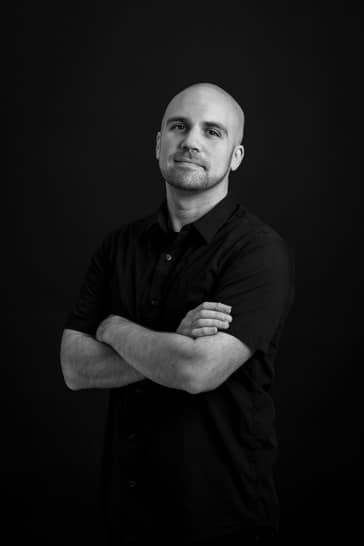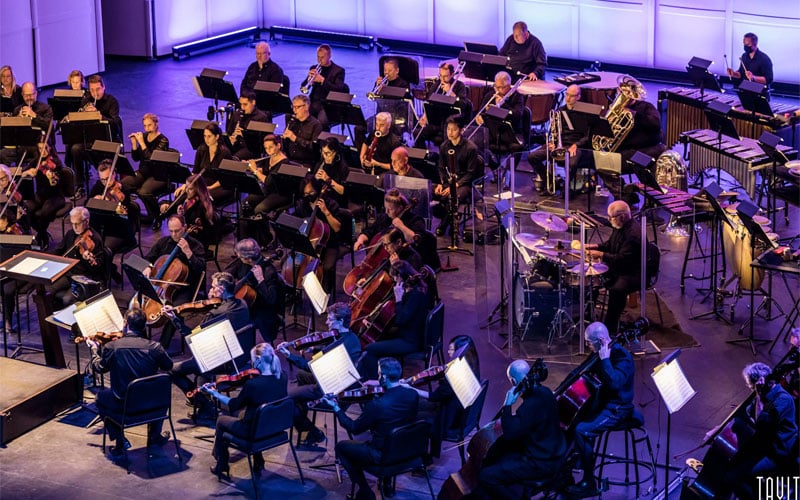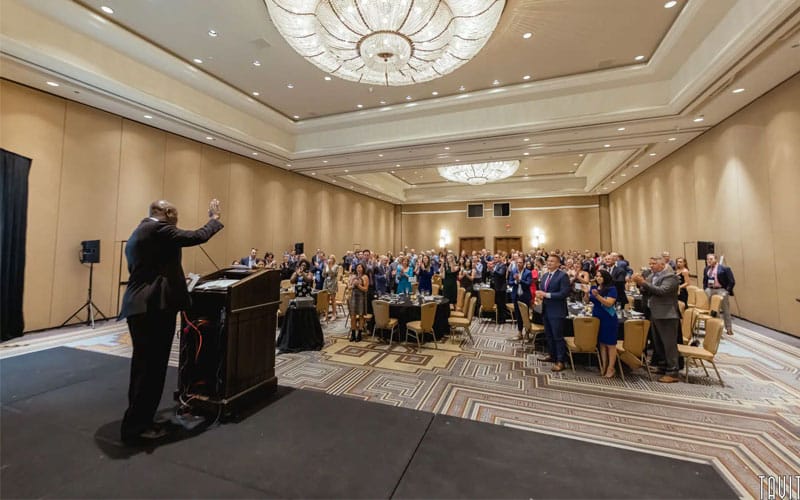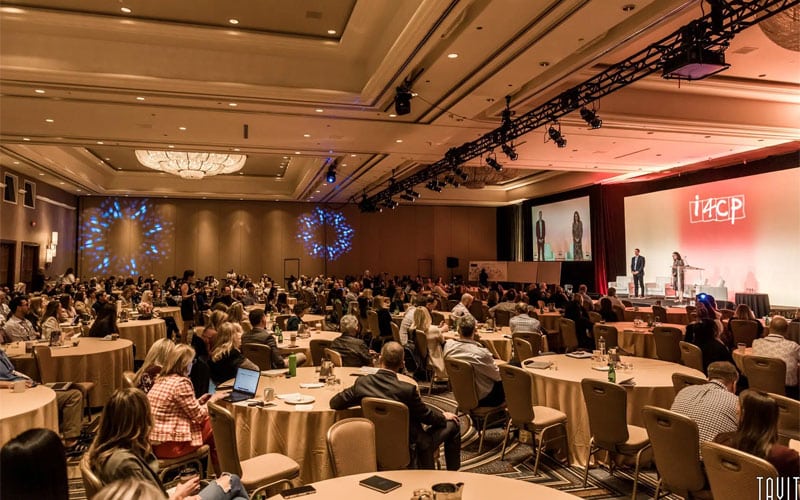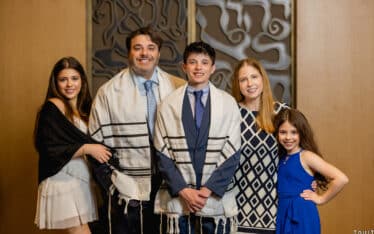Earlier this year I was notified that I was named one of the Best Photographers in Phoenix. I am always grateful for this kind of recognition and took a moment to reflect on my journey up to this point.
Over the years, I have been asked a variety of questions pertaining to my career and so I thought this might be a good time to share my answers to those questions on this blog post.
Q: How did you get started in corporate photography, and what led you to specialize in this field?
Tavit: I used to primarily shoot DJs, bands, and music festivals. After traveling for years, I decided to settle down a little and be more present at home. Life on the road wasn’t ideal if I were to become a husband and father, so I ventured into other avenues of photography. Corporate events allowed me to be present in my family’s life.
Q: How do you approach a new corporate photography project? What is your creative process?
Tavit: There’s actually not a lot of creativity in corporate events when it comes to photography. It’s a fairly cut and dry process UNLESS the client asks you to be creative, I think that’s why the field doesn’t have a lot of photographers. For the most part there is a lot of the same format with each corporate event, which is perfectly fine with me. The real fun and magic is being present in learning all of their programs as you shoot. One day I’m shooting a medical device conference, the next is a financial advice conference and so forth. The free education is pretty awesome.
Q: Can you describe your experience working with corporate clients? What do you find to be the most challenging aspects of this work?
Tavit: All corporate clients primarily need marketing photos. That is their end goal. They need high quality, high caliber images to reflect their vision in order to showcase the event. The images typically sell tickets for future events or get sent to the press. They also use the images internally for program building. Personally, I enjoy working with corporate clients; some are fun, some are tough. Dealing with different personality types is part of the job in any job. Some are easy to work for, others micromanage. Only after you prove yourself do some clients let you have free reign to do as you please. After shooting for 17 years, there isn’t much that is a huge challenge for me anymore. I’m very confident in my skill and can almost accomplish any request a client asks from me on the spot. Every problem has a solution, and I aim to achieve that.
Q: How do you handle difficult or uncooperative subjects during a shoot?
Tavit: When I do a headshot for example and someone is not into it, I try to humanize with them and find out why they hate photos. It usually stems from something that happened with a previous photographer, or that they are self-conscious about something out of their control. I’m not a therapist by any means, but after dealing with people for 17 years, you learn to understand certain things about people. My goal is for every person to have a great experience. That doesn’t always happen, but when people see that you truly care and show compassion for them, (even if it’s for a brief moment), they understand and respect you a little more and tend to cooperate a little better.
Q: How do you ensure that you capture the right images to meet a client’s specific needs and requirements?
Tavit: Clients provide a shot list, and my team and I accomplish it, very straightforward. We always go above and beyond and do more than the shot list because we see more of the spectrum of the event we are shooting.
Q: How do you stay current with industry trends and techniques?
Tavit: Maintaining the highest end equipment is important. Increasing the quality of light and photos is equally important. There really aren’t any trends in corporate photography. It’s a personal skill and quality skill in maintaining great relationships and quality of work.
Q: Can you walk me through your post-production process? What software do you use, and how do you ensure a consistent style across your work?
Tavit: Shoot, cull, edit, upload, deliver. Adobe Lightroom is great for bulk processing of images. Since I have such a large team, before photos are delivered to the client, I screen all of their photos first and correct anything I think needs to be fixed before I send them to the client. I am very big on quality control.
Q: How do you handle tight deadlines or unexpected changes during a shoot?
Tavit: Tight deadlines are known in advance, and we plan for them and also bill extra for them. As long as we have the tools with us, we can accomplish just about any last-minute request from our clients. If a client springs a last-minute deadline on us, we can provide certain selections immediately due to advancements in technology.
We can transfer images to our smartphones, edit them, and text or email them to our clients within 30 minutes or less.
Q: What advice would you give to someone who is interested in pursuing a career in corporate photography?
Tavit: It’s an uphill battle; a lot of corporate shooters are established and have a fantastic client list. Price yourself realistically and start small, then grow over time.
Realize that you will make mistakes and not all of your clients will be happy, but as long as you are passionate, care, and give 100% on every shoot, your clients will see that and appreciate it.
Don’t buy all of the most expensive equipment from the get-go and put yourself in debt. Get the necessary items you can afford and grow your gear over time.
Photography isn’t just about photos; it’s about you as well. If you are an introvert, this might not be the art form for you. Corporate photography is very heavy on dealing with people and interacting with them. A great personality will get you far in this field.
Hopefully this was as insightful for you as it was enjoyable for me to write. I appreciate the questions. Thanks again to “Best in Phoenix” for the recognition, and just to let others know, we do corporate event photography in Scottsdale and Las Vegas as well.
